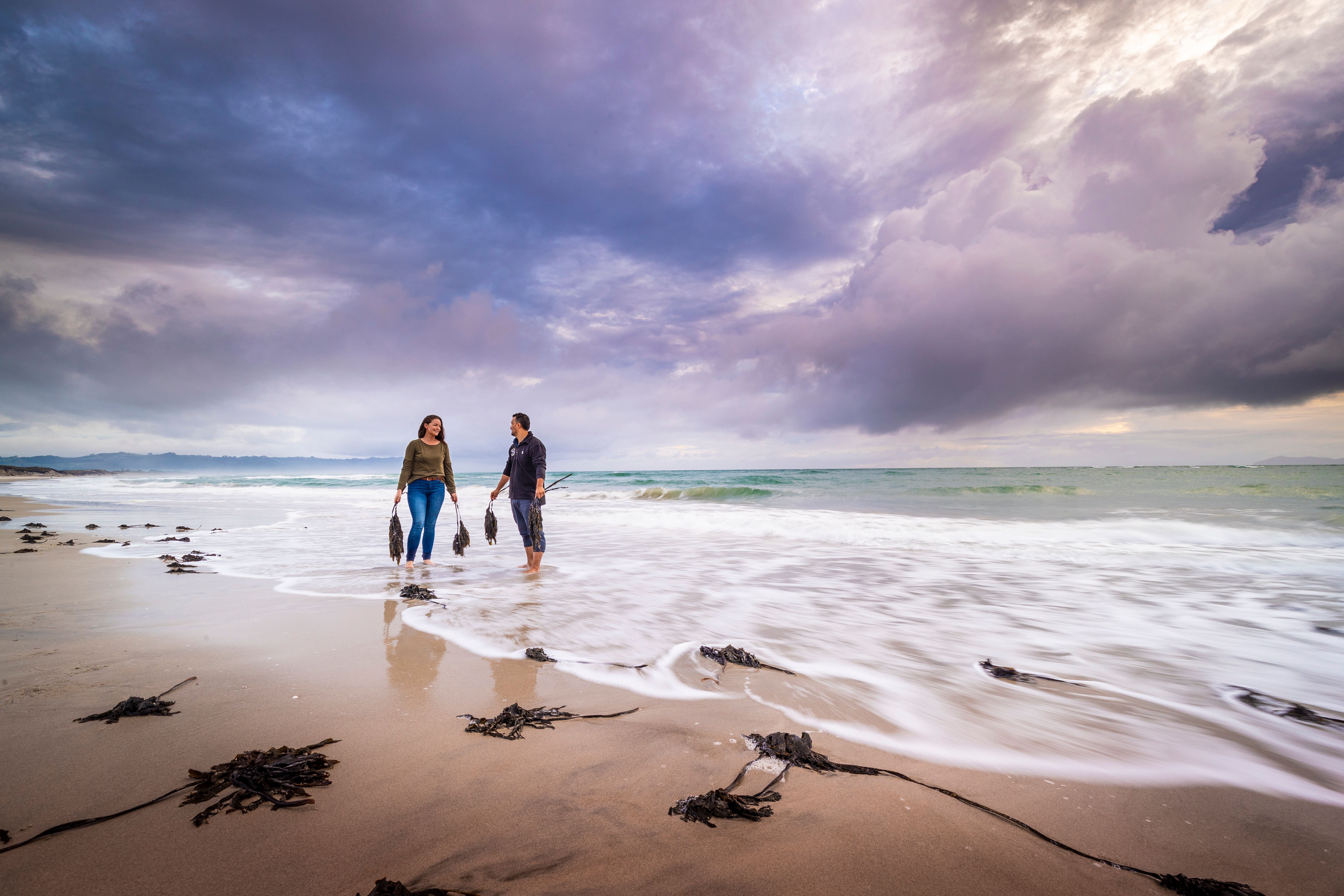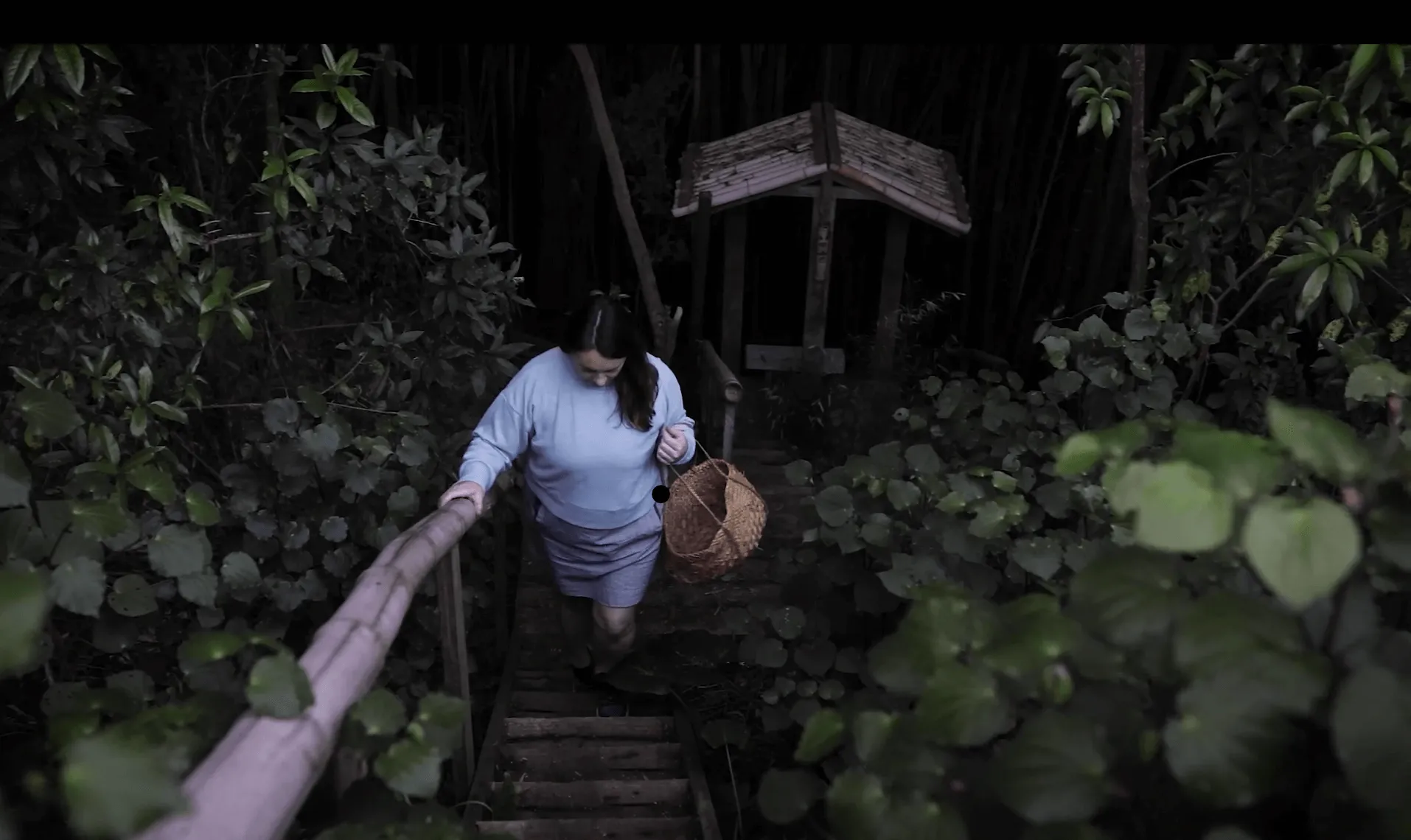
Jean Batten
Jean Batten was a pioneering aviator who gained international recognition for her record-breaking long-distance flights during the early years of aviation. Her fearless determination and exceptional solo flying skills earned her a place among the most celebrated pilots of her time and saw her dubbed the ‘Greta Garbo of the skies’ – a reference to one of the era’s most popular and glamorous movie stars.

“In flying I found the combination of two things which meant everything to me: the intoxicating drug of speed and the freedom to roam the earth.”
Jane Gardner Batten was born in the lakeside town of Rotorua, New Zealand, in 1909 – the same year that French pilot Louis Blériot became the first person to cross the English Channel in a powered aircraft. Jane’s mother pinned a photo of Blériot beside Batten’s cot – auspiciously igniting her passion for flight at a young age. Named after her grandmother, Jane soon became known as Jean.
“Mother used to take me down to watch the little seaplanes at the local flying school,” Jean said of her early years. “I used to feel a surge of exhilaration, and such a longing to be up there. One day, I was lifted into a cockpit. I was looking at the pattern of my future.”
Although Jean studied piano and ballet with the intention of taking them up professionally, her aspirations shifted after becoming inspired by Charles Lindbergh’s solo non-stop flight across the Atlantic Ocean. She longed to take to the skies.
Jean’s ambition continued to be nurtured by her mother, who took her to Sydney and arranged for her to fly with Australian aviator pioneer and Jean’s hero, Sir Charles Kingsford Smith. The experience not only solidified her determination to become a pilot, it made her want to compete on equal terms with men in aviation.
In 1930, Jean sold her piano and used the proceeds to sail to England to take up flying lessons. Soon after acquiring her pilot licence, and with less than 20 hours in her logbook, she announced she was going to fly to Australia and would do it faster than Amy Johnson – the existing women’s record holder for a solo flight.
Jean embarked on her first attempt at a long-distance flight in 1933, but the journey in her Gipsy Moth biplane proved perilous and ultimately ended in failure. While flying over Iraq she encountered a violent sandstorm that caused her plane to spin out of control, forcing her to stay overnight in the desert and sleep under the plane’s wing. She resumed her flight the next day, encountering another sandstorm over Baluchistan that brought her down again. Her plane ultimately succumbed to engine failure and was wrecked during a crash landing near Karachi.
On her second attempt the following year, disaster struck again. She found herself running out of fuel on the outskirts of Rome and was forced to make an emergency landing. Her survival was only made possible by her exceptional skill in manoeuvring the plane around radio masts and over a row of tall trees.
Despite another harrowing experience, Jean refused to give up, remaining undaunted in her commitment to succeed. She had the plane repaired, flew back to England, and resumed her mission just two days later. This time she was successful.
Jean made the journey from England to Darwin, Australia, in 14 days, 22.5 hours – comfortably beating the previous record by over four days. She became a global celebrity overnight. In lectures that followed in both Australia and New Zealand, Jean praised the support and encouragement from her mother that made the journey possible, “Darling, we’ve done it. The aeroplane, you, me,” she said.
This effort marked the start of an impressive string of records that Jean went on to achieve.
She returned to England by plane, becoming the first woman to fly from England to Australia and back again. Her triumphant return was met with widespread adulation and acclaim from both the media and the aviation community.
In 1935, Jean was ready for her next solo flight, this time flying from London to South America in a Percival Gull 6 cabin monoplane. Jean’s remarkable accuracy using only a watch and a compass for navigation saw her establish absolute world records for both the crossing of the Atlantic Ocean and for the overall flight. She also became the first woman to fly across the South Atlantic.
Jean was the recipient of numerous international awards and honours, including being named by the Daily Express as one of the five outstanding women of the year, alongside Queen Elizabeth.
After a period of seclusion, during which Jean disappeared from the public eye, she emerged in 1936 to embark on the longest flight of all her journeys – the first ever direct flight from England to New Zealand. The journey took a little over 11 days, where Jean expertly piloted her Gull to Auckland – an absolute record which went on to stand for 44 years. Upon her arrival, Jean was greeted by pandemonium as thousands crowded onto the grass airfield to welcome her back.
“It’s good to be home,” she said, telling the crowd it was “the very greatest moment of my life!”
Jean flew her Gull back to England from Australia in five days and 18 hours, establishing yet another absolute solo record. This flight also made her the first person to hold the England-Australia solo record in both directions simultaneously. She was met at the airfield with yet another crowd, this time estimated at some 10,000 people.
At just 28 years old, this achievement was the pinnacle of Jean Batten’s achievements and marked the end of her long-distance flying career. Soon after, she retreated into a life of seclusion and died aged 73 from a dog bite that became septic after she refused treatment.
Jean Batten’s achievements and many awards secured her status as one of the greatest aviators of all time. She is remembered as a trailblazer whose fearless pursuit of her passion and refusal to let anything stand in her way continues to inspire people around the world who dare to dream.
Explore the Legacy Project
.jpg)
Explore the Legacy Project
.jpg)
Explore the Legacy Project
.jpg)


.jpg)


